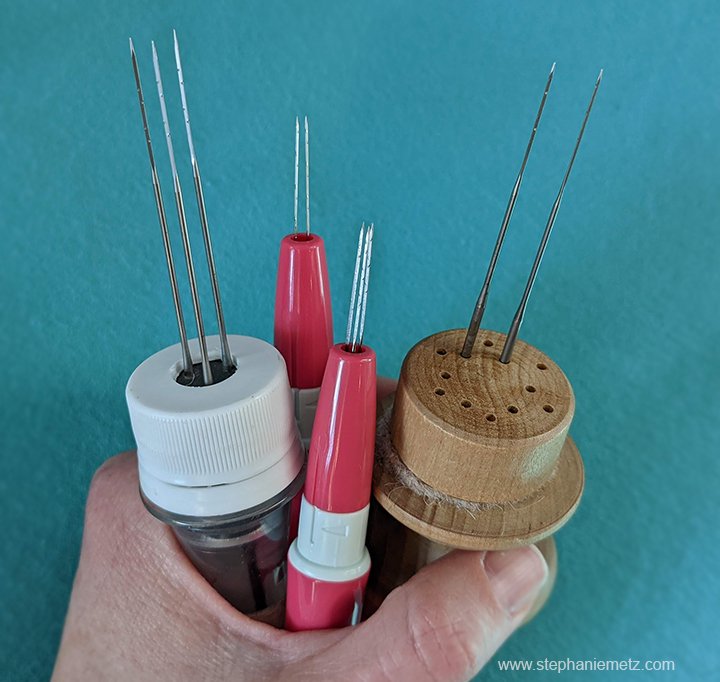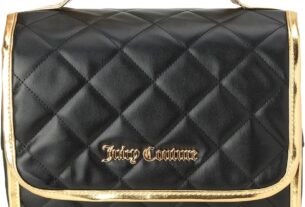Are you a felting enthusiast looking for the best tools to take your projects to the next level? Look no further than this comprehensive guide on felting tools. From needles to mats, we’ve got you covered.
[h2]Needles[/h2]
The most important tool in any felting project is a needle. Felting needles come in various sizes and shapes, each designed for specific tasks. For general use, a size 38 or 40 needle is recommended. If you’re working on delicate projects or need precision, try using a size 42 needle. A reverse needle is useful for creating hair or fur textures.
[h2]Foam Mats[/h2]
A foam mat is essential for felting projects as it provides a surface for your work and protects your needles from breaking. There are two types of foam mats available: high-density foam and low-density foam. High-density foam is more durable but can dull your needles quicker than low-density foam. Low-density foam is less durable but easier on your needles.
[h2]Felting Brushes[/h2]
Felting brushes are used to create texture and blend colors in your felting projects. They come in various sizes and shapes, each with its unique purpose. A coarse brush is ideal for adding texture, while a soft brush can be used for blending colors seamlessly.
[h2]Felting Sticks[/h2]
Felting sticks are used to hold the wool in place while you felt it into shape. They come in various sizes and shapes and are made of different materials such as wood, plastic, or metal. Wooden sticks are the most popular as they are affordable and easy to obtain.
[h2]Felting Machines[/h2]
If you’re looking for a more efficient way of felting, consider investing in a felting machine. These machines use barbed needles to felt wool quickly and evenly. They are perfect for large projects or those with a tight deadline. However, they can be expensive.
[h2]Wool Roving[/h2]
Wool roving is essential for felting projects as it is the material you’ll be felting into shape. Wool roving comes in various colors and textures, each suitable for different projects. Merino wool is the most popular option as it’s soft, easy to work with, and comes in a wide range of colors.
[h2]Safety Tips[/h2]
Felting can be an enjoyable hobby, but it’s important to take safety precautions when working with sharp objects such as needles. Always keep your needles in a safe place when not in use and never leave them lying around where they could cause injury. If possible, wear gloves to protect your hands from accidental punctures.
[h2]Conclusion[/h2]
Choosing the right felting tools can make all the difference in your projects’ outcome. From needles to mats, brushes to sticks, there are many options available to suit your needs. Remember to always prioritize safety and invest in quality tools that will last you a long time.
Reference: https://en.wikipedia.org/wiki/Felting



